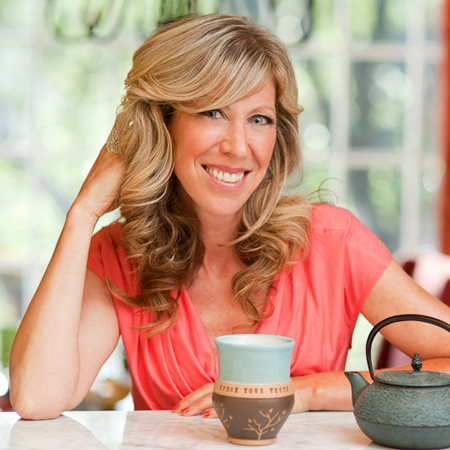Roll up your sleeve past your bicep, bend your arm at the elbow, and squeeze your bicep muscle. Now, relax and contract again. And relax. What do you see? Movement, right? Do you see a little mouse?
Well, some anatomist did when the word 'muscle' was coined; it comes from the Latin word 'musculus' - meaning little mouse named such because the movement of a muscle is reminiscent of a little mouse moving under a blanket.
In fact, a number of terms for our anatomy have animals hiding within.
The coccyx, commonly called the tailbone, is the small triangle-shaped bone at the base of the spinal column and named for its resemblance to the beak of a cuckoo bird. 'Coccyx' comes from Greek for cuckoo bird.
The cornea, the transparent membrane covering the surface of the eye comes from the Latin word 'cornu', meaning "animal horn," because - delicate though it seems - this tissue is surprisingly hard, like an animal's horn.
